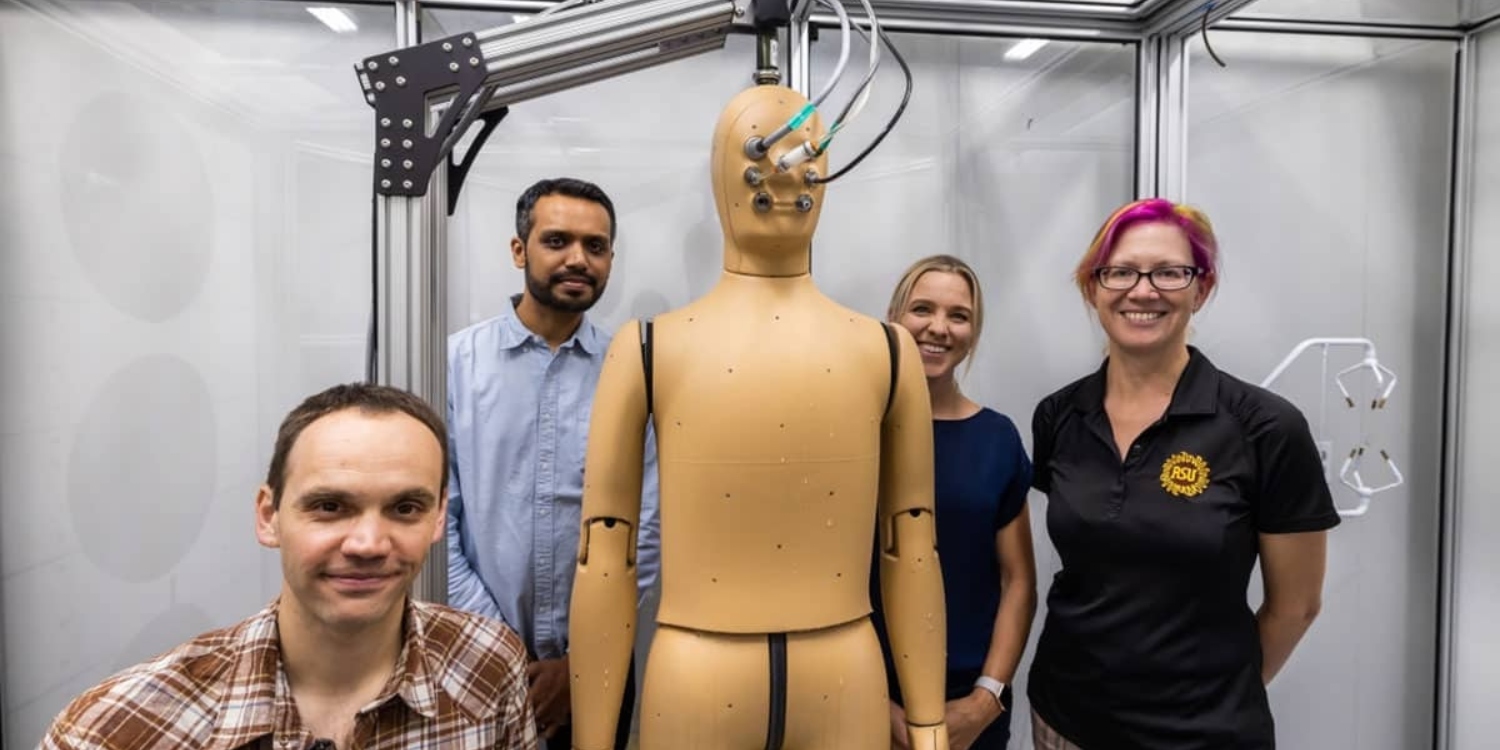
The women’s unified featherweight world boxing champion Amanda Serrano was ruled unfit to fight with Nina Meinke due to damage done by a chemical used to do her hair. The match was about to take place in her homeland of Puerto Rico, but the chemical had caused an eye injury to Serrano, and her business partner Jake Paul announced she was unable to take part in the fight.
No Boxing Due to an Eye Injury
This happened right after Paul beat Ryan Bourland in their match. Paul stood inside the boxing ring near Serrano and announced she wouldn’t be able to fight. This effectively canceled the main event minutes before it was about to go down. The crowd of 18,000 was displeased by the news and booed as Serrano cried while wearing sunglasses.

Jake Paul, the co-founder of Most Valuable Promotions, an organization that represents Amanda Serrano and other athletes, said the $1.5 million that was generated at the gate would be fully refunded to any spectators asking for a refund for their ticket. Serrano also apologized through tears for the inconvenient situation. Still, not all fans were happy with that.
A Deal-Breaking Eye Problem
According to Paul and his business partner Nakisa Bidarian, co-founders of MVP, after Serrano had her hair done, a chemical went into her eye during a running session. That is also why she wore glasses at the weigh-in for the boxing match. Bidarian said Serrano went to the doctor later that day and tried to reduce the eye problem so she could fight. However, when the commission’s medical doctors did their examination, they pronounced that she was unfit to fight and didn’t allow her to enter the ring.

According to Paul, the chemical also visibly burned her hand. Bidarian asked the Puerto Rican crowds to support Serrano during this trying time and show how much they cared about her. According to him, she wanted nothing more than to fight and please the fans.
Bidarian said the match would be rescheduled in the future, and that opponent Nina Meinke will also pay her fight purse in full.
Scientists Have Created a Robot That Can Breathe, Sweat, and Shiver
Scientists from Arizona State University have revamped the first walking manikin, which replicates human-like features such as generating heat, shivering, walking, and breathing. The objective behind the redesign of the robot known as ANDI is to enhance scientists’ comprehension of how the human body responds to heat waves.
A Sweating and Breathing Robot

The Thermetrics company custom-built the robot ANDI specifically for ASU as part of a project funded by an NSF Major Research Instrumentation Grant. ANDI boasts an impressive array of features. It comprises of 35 individually controlled surface areas across its manikin body, equipped with temperature sensors, heat flux sensors, and even pores capable of producing sweat.
According to Konrad Rykaczewski, the principal investigator for the ASU research project, it is a remarkable creation that goes beyond mere imitation. Rykaczewski explained how the device can generate heat, shiver, walk, and breathe, thus simulating a wide range of human responses. The motivation behind this groundbreaking endeavor is to develop a deeper understanding of how the human body reacts to heat and utilize this knowledge to design effective solutions.
ANDI Can Lead to Breakthroughs

Jenni Vanos, an associate professor at ASU’s School of Sustainability and an atmospheric scientist, highlighted the significance of ANDI’s capabilities. She emphasized the limitations of subjecting real humans to dangerous heat scenarios for testing purposes and expressed the need to comprehend the factors that contribute to heat-related fatalities. ANDI provides a unique opportunity to explore and unravel such mysteries. Rykaczewski echoed this sentiment, underlining the ethical concerns and dangers associated with conducting extensive tests on human subjects.
The introduction of ANDI marks a significant breakthrough, as it is the first thermal manikin designed for outdoor use. Its groundbreaking internal cooling channel enables researchers to investigate the reasons behind heat stress on the human body and shed light on the specific factors that can turn extremely hot weather into a fatal threat in certain cases.
Currently, there are 10 ANDI manikins in operation worldwide. Interestingly, many of these robots are owned by athletic clothing companies and are utilized for garment testing. However, ASU’s ANDI is one of only two models being employed by research institutions.